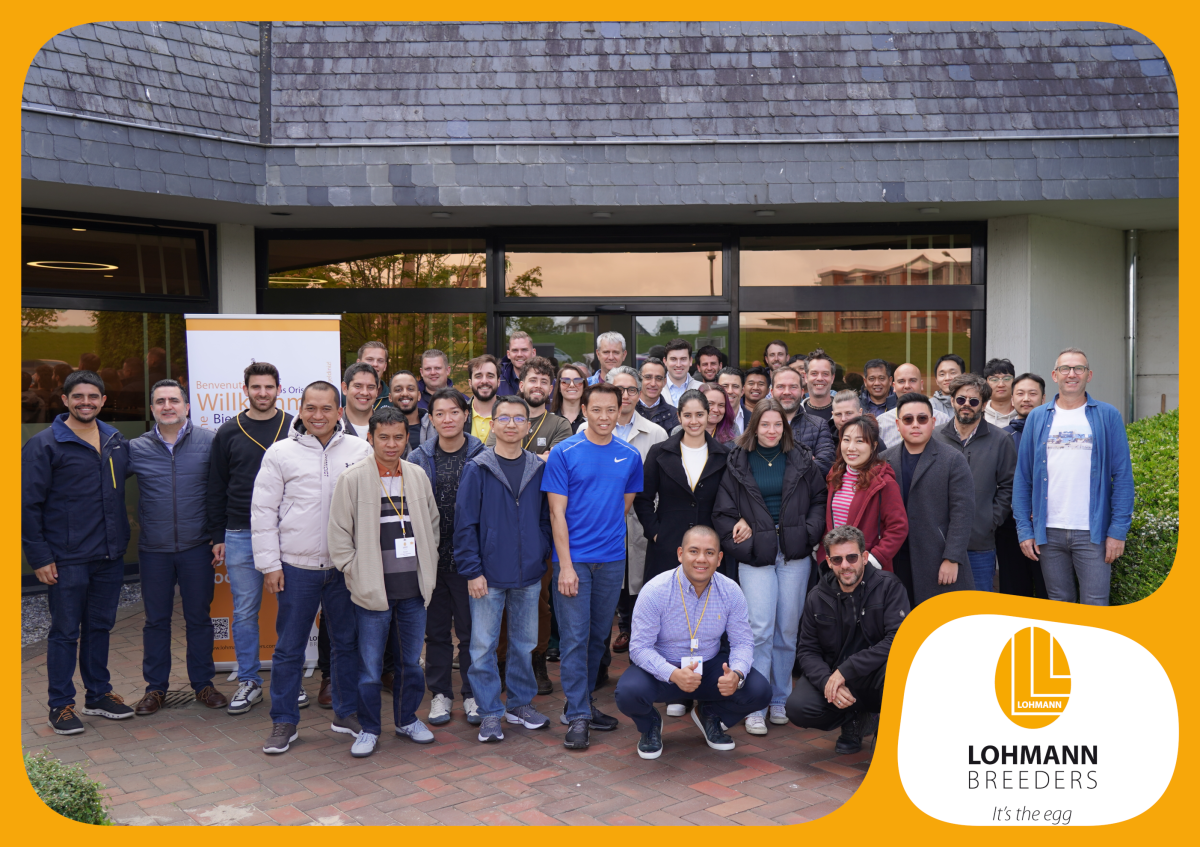This edition is focused on poultry welfare. Welfare aspects have become the dominating issue in animal production, and poultry plays a leading role in this debate.
The transition of laying hens from unlimited free-range systems to conventional cages in the 1960ies was driven by the control of infectious diseases and better bird performance.
Indeed, the cage system produced the lowest incidence of diseases and mortality. However, concerns on health and mortality in chickens have been considered an economic issue rather than a welfare problem.
In recent decades, the western society was not prepared to accept the extreme restriction of space and environmental stimuli in cages for ethical reasons (see P. Kunzmann, 2011; Lohmann Information 46(1), p. 3-9).
It may not seem appropriate to focus on animal welfare at a time when the world is dealing with the disastrous Covid 19 pandemic.
Planning of this edition has started long before the Covid 19 pandemic emerged and the present focus on this problem may not fundamentally change the attitude of our society to animal welfare. Therefore, we decided not to cease working on this issue.
Decisions on animal welfare should be based on scientific information.
In the introductory article, U. Knierim and co-authors present the complex matter of welfare assessment under practical conditions and the interpretation of welfare indicators. The authors stress the importance of reliability of measurements and subjective scoring systems of animal- and resource-based indicators.
There is at present no generally accepted scientific system to assign weights to different welfare criteria to compute a comprehensive score of the level of welfare.







